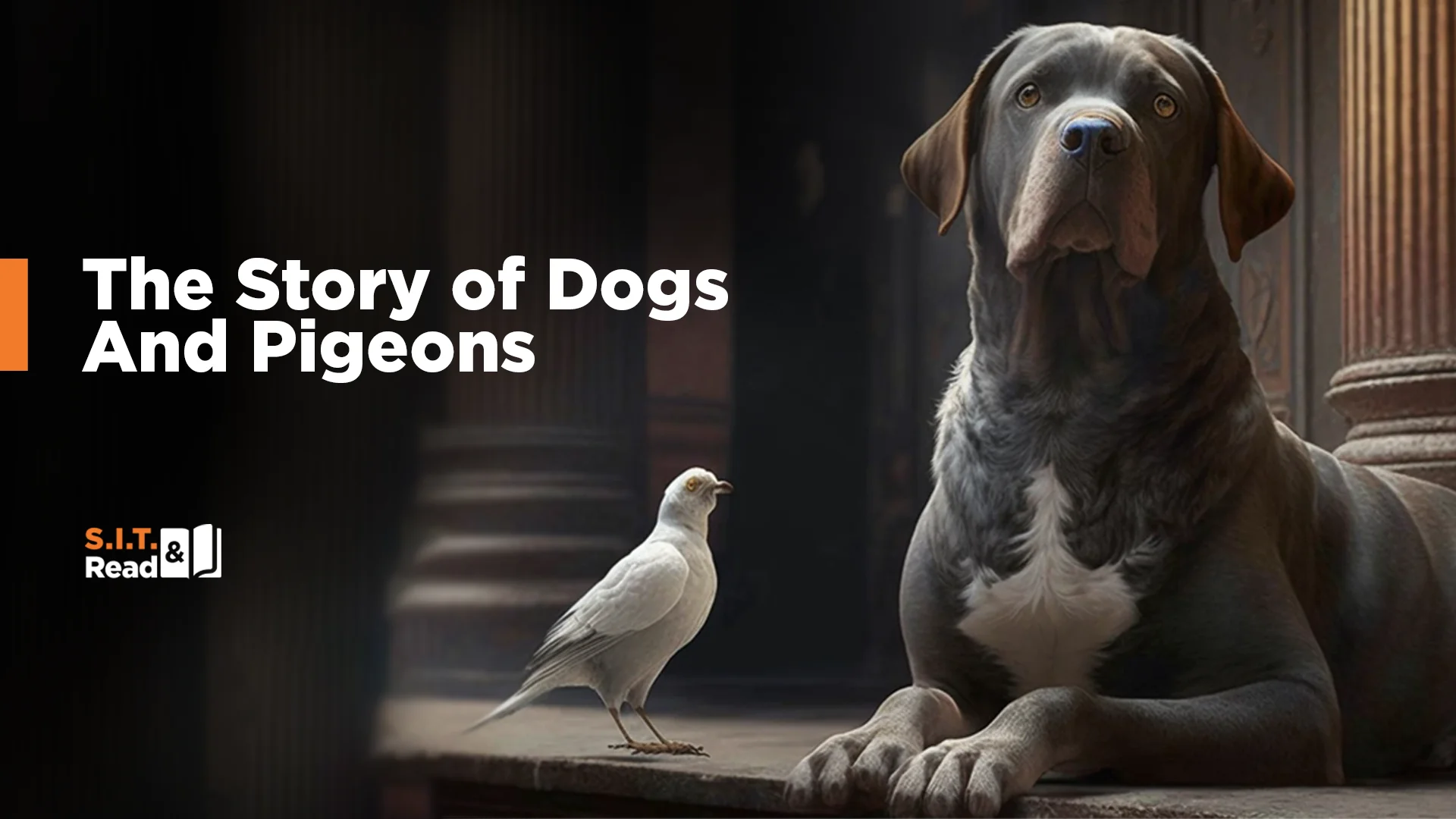It seems that everybody is preoccupied, to a certain extent, with the newly available AI open platforms. This, made me think of two very different animals: Dogs and pigeons.
Suffa, Michal, Quinta, and Dula were the dogs that accompanied my life. They were all rescued dogs, and each was very different in personality and relationships with us, the humans around them.
It amazes me that we can bond with our pets so well, characterize them and form an understanding of their ‘personality’. From an evolution point of view, I find it interesting to see the transition of their relationships with mankind.
Dogs have been around humans since prehistoric times and were one of the earliest animals to be domesticated. It is believed that early humans began to breed and tame wild dogs as early as 15,000 years ago, making them among the first domesticated animals. These early dogs were probably used for hunting, guarding and to help with various tasks such as herding animals. Over the centuries, dogs have been bred for different traits and characteristics, leading to the wide variety of breeds we know today. In modern times, the need use of dogs for hunting, guarding, herding and similar tasks has declined. Intuitively, you would expect to see less and less dogs around… However, it seems like dogs ‘re-positioned’ themselves as the most beloved companion animal, and continue to bring joy and comfort to humans around the world. In their new lives as pets, most dogs live better, longer and happier. They are mainly kept as pets and are even used in various forms of therapy. With more and more families joining the economic middle class, the population of dogs as pets is growing too.
From wild wolves to domesticated pets, the bond between humans and dogs has grown strong over time and will probably continue to do so for many years to come.
Pigeons have a long and fascinating history with humans. Wild rock doves, the ancestors of all domesticated pigeons, were the first bird species to be domesticated by humans. By the 1800s, pigeons were being used by humans for mail delivery in various countries. This was made possible due to their homing instincts and ability to fly long distances, which made them ideal for such a role. As technology evolved and more efficient methods of communication were invented, the need for pigeons as mail carriers diminished.
Over time, some of these domesticated birds returned to a wild state, beginning a new chapter in the history of the pigeon, and trying, not always successfully, to adapt and prosper. Many cities have seen a decline in wild pigeon populations due to the development of urban areas and the introduction of new predators. In cities that still have large population of pigeon, they are perceived as a nuisance, and are often referred to as rats-with-wings.
As our work and career landscapes continue to evolve, there are trades and occupations that have been forced to pivot or re-invent themselves in order to stay relevant. For example, taxi drivers have had to become ride-share operators, travel agents have had to become internet-based booking websites, retail clerks have had to become e-commerce delivery specialists, tour guides have had to become virtual tour operators, and assembly line workers have had to become automation engineers. Each of these professions has seen a significant shift in their roles and the progress of their jobs due to the changing technological landscape. Despite these changes, each of the examples still demonstrate how the workforce must stay flexible and adaptive in order to move forward with their careers.
There is a lot that can be, and should be done by us, to ensure that we will design our future work changes to be more like dogs and less like pigeons.
This article was co-authored with https://writesonic.com/
